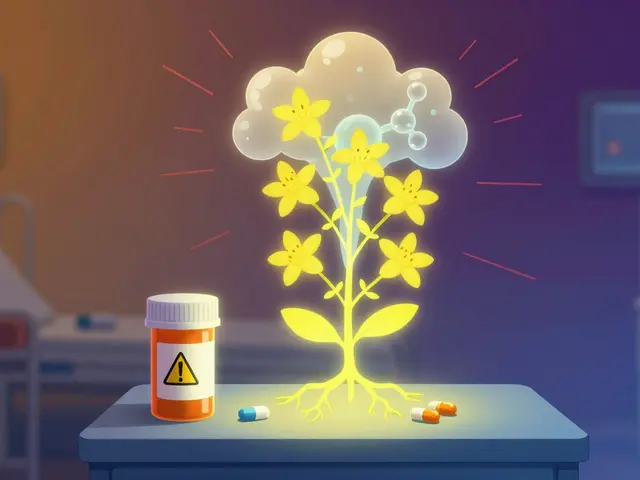Vitamin D Deficiency: Signs, Tests & Simple Fixes
Low vitamin D sneaks up on people. You might feel tired, have aches, or get sick more often—and not connect it to a vitamin. That matters because vitamin D helps bones, immunity, mood, and even muscle strength.
Why do people become deficient? Common reasons: little sun (office jobs, living far north), dark skin that blocks UV, strict sun protection, obesity, certain medicines (like some anticonvulsants or steroids), and gut problems that stop absorption (Crohn’s, celiac, bariatric surgery). Older adults make less vitamin D in the skin, too.
What to watch for: slow-healing bones, back or bone pain, muscle weakness, frequent colds, low mood, and fatigue. Kids can have delayed growth or bone softening. These symptoms aren’t unique to vitamin D issues, so testing is the clear way to know.
How to check and treat low vitamin D
Get a 25-hydroxyvitamin D blood test (25(OH)D). Results are usually in ng/mL or nmol/L (multiply ng/mL by 2.5 to get nmol/L). Many labs consider below 20 ng/mL (50 nmol/L) deficient and 20–30 ng/mL insufficient. Targets vary, but doctors often aim for 30 ng/mL or higher for people with symptoms.
Treatment choices depend on how low your level is. For mild low levels, daily supplements of 1,000–2,000 IU of vitamin D3 (cholecalciferol) often work. For clear deficiency, a common supervised plan is 50,000 IU once a week for 6–8 weeks, then a maintenance dose. Always check with a clinician before starting high-dose therapy.
Sun and food help, too. Short, direct sun exposure to face and arms—about 10–30 minutes a few times a week at midday—can boost levels, depending on skin tone and where you live. Eat fatty fish (salmon, mackerel), fortified milk or plant drinks, egg yolks, and canned tuna. D3 supplements absorb better than D2 for most people.
Quick tips that actually help
1) Test first if you suspect deficiency—don’t guess. 2) If you start supplements, recheck 8–12 weeks later to see progress. 3) Typical safe upper limit is about 4,000 IU/day for most adults; long-term much higher doses can cause harm (high blood calcium). 4) Tell your doctor about medications and medical history—some conditions need specialist plans. 5) Pregnant or breastfeeding? Ask your clinician—dosage goals differ.
Fixing low vitamin D is usually straightforward: test, pick a plan with your clinician, and retest. Small daily steps—a bit more safe sun, a fatty fish meal, or a D3 pill—make a big difference for energy, bones, and immunity.
Hey folks, just stumbled across some fascinating stuff about the sunshine vitamin, vitamin D, and our heart health. As it turns out, it's not just for strong bones! Studies show a startling link between vitamin D deficiency and cardiovascular disease. If you're lacking in the D department, you might be unknowingly inviting heart problems to your door. So, don't be a heart breaker, ensure you're soaking up enough sunlight or popping those vitamin D supplements. Your heart will thank you!



